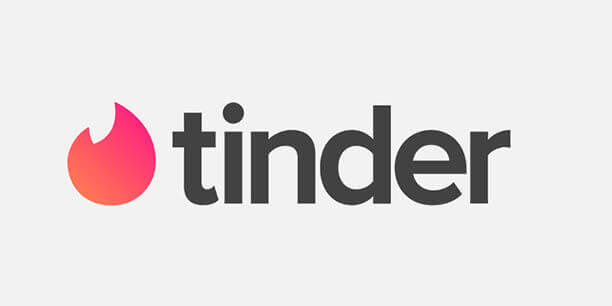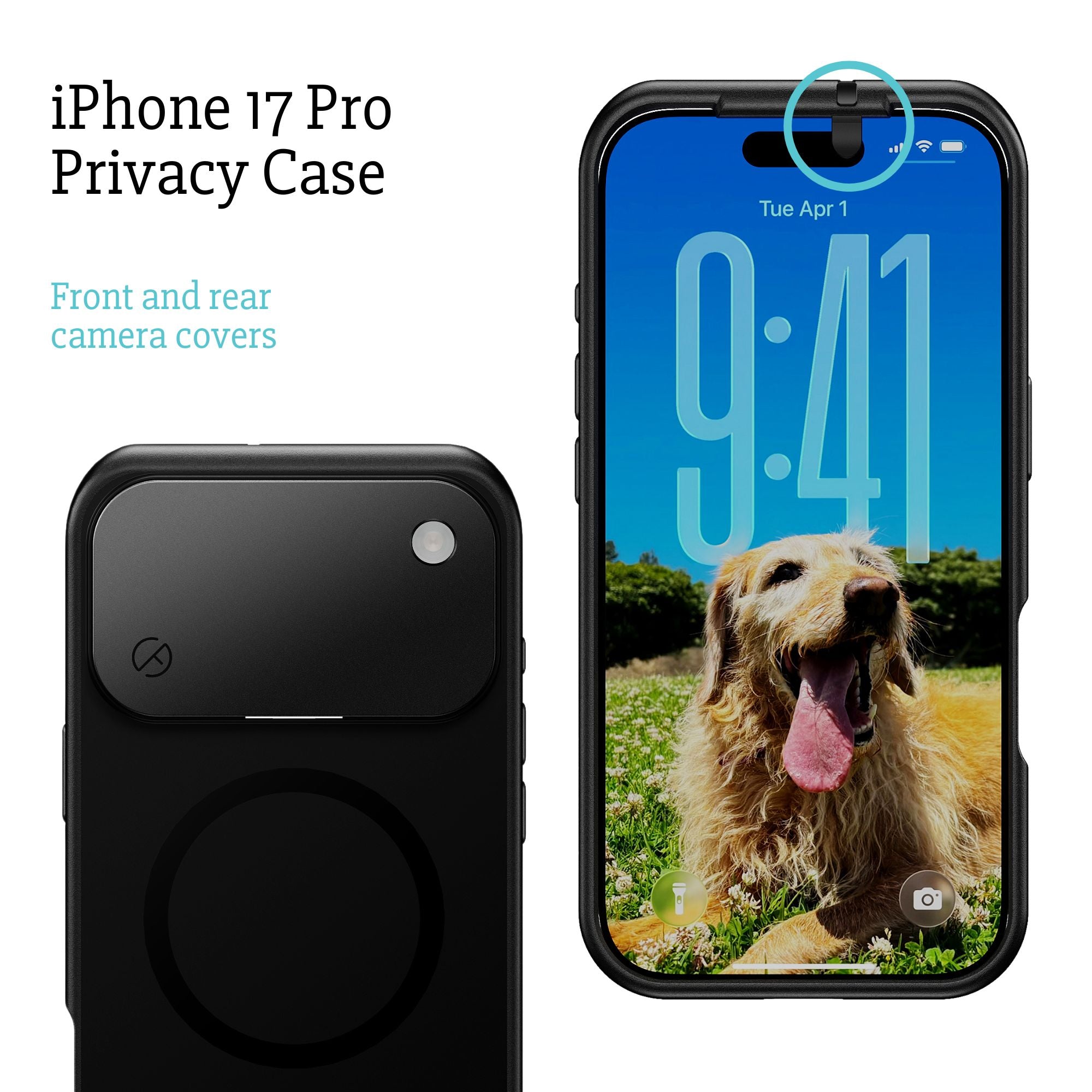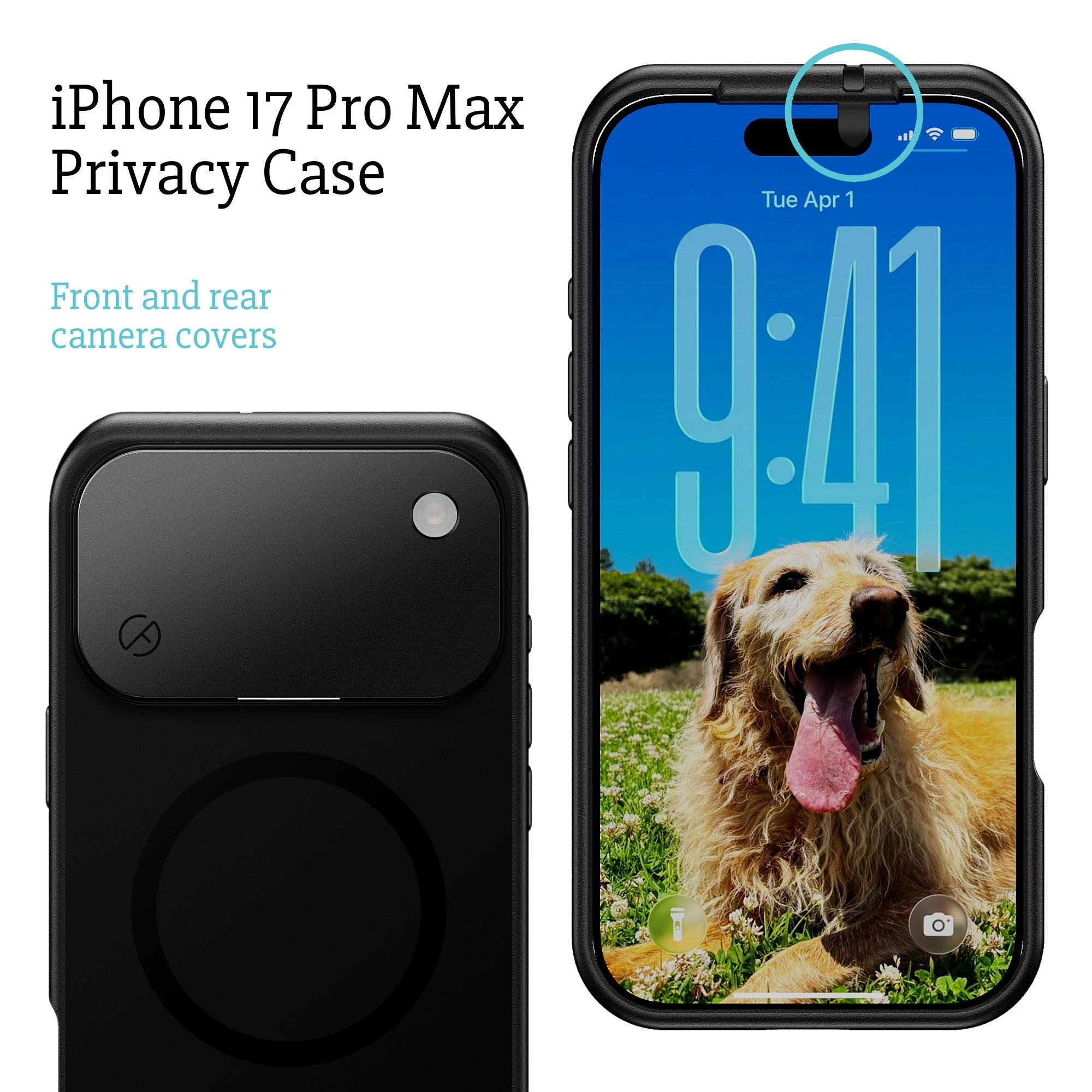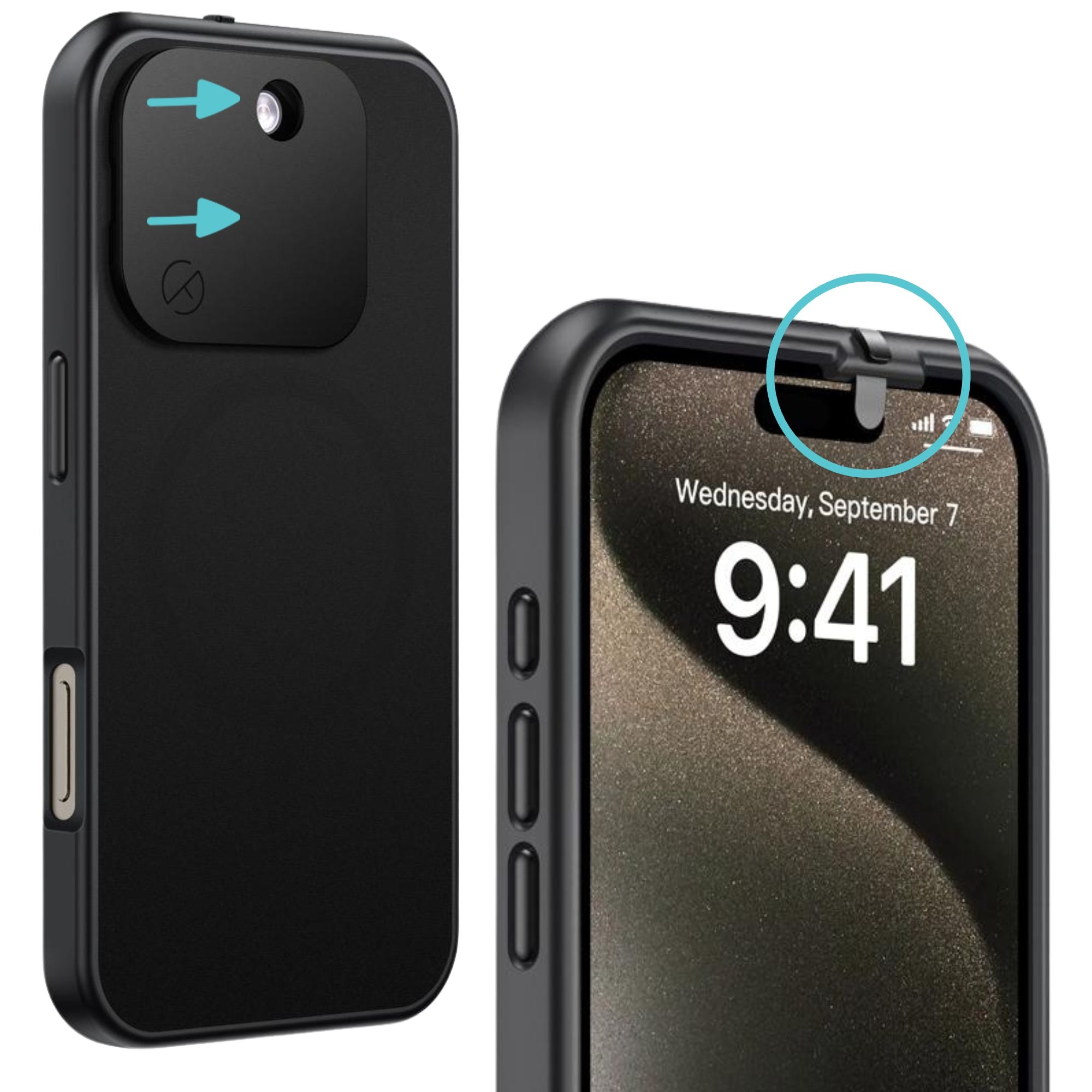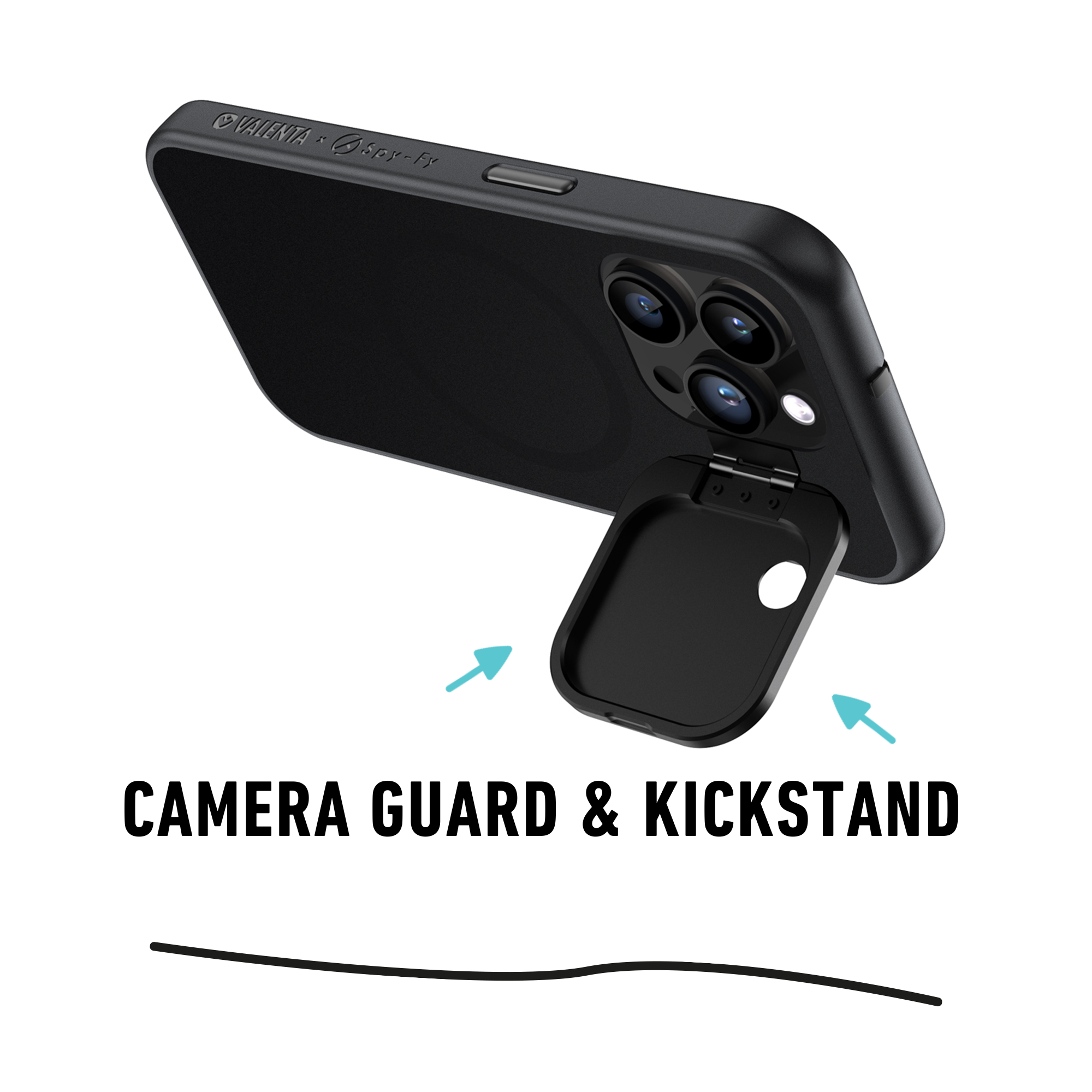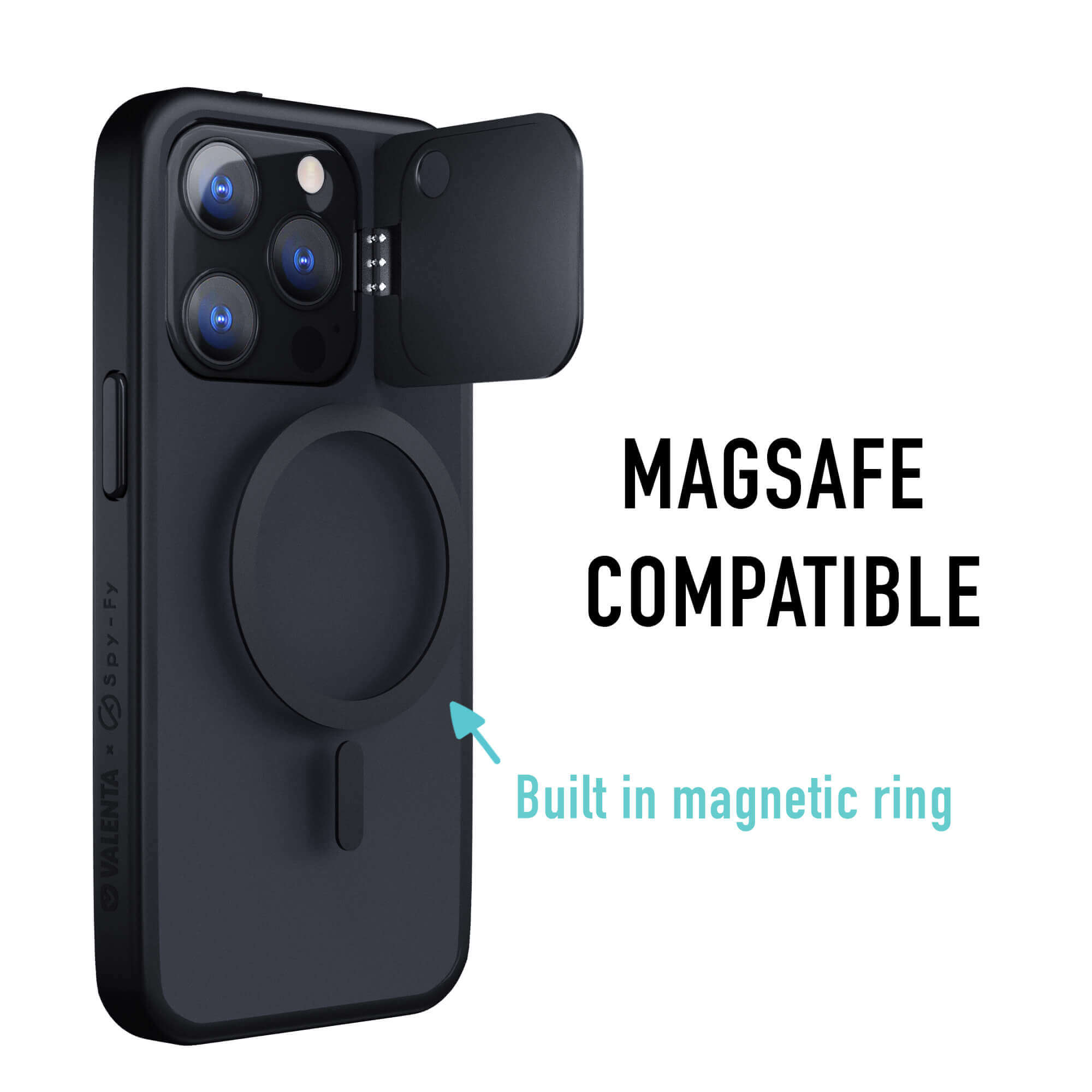With working from home as the new norm in 2020, Zoom quickly became a popular choice for arranging video conferences and virtual meetings. However, Zoom has faced numerous privacy concerns, including Zoom bombing, accounts being hacked and passwords stolen, and issues that could have allowed hackers to access a computer’s camera and microphone. The company has taken several steps to combat these privacy issues. Still, there are a number of practical steps that Zoom users can take in order to stay safe while hosting or attending a Zoom meeting.
Top Zoom privacy tips – should you use a different app?
These tips are aimed at helping those who use Zoom for video conferencing. One option, of course, is to use a different video conferencing app. Many platforms face their own unique privacy concerns, so this solution does not guarantee your safety. Additionally, those striving to protect their privacy should investigate what potential issues might arise with whatever option they decide to use. According to Forbes, potentially safer alternatives include FaceTime, Signal, Skype, Microsoft Teams, Houseparty, and Jitsi.
#1 Zoom privacy tip: avoid sharing Zoom meeting links on social media
For those unfamiliar with the term “Zoom bombing”, Zoom bombing occurs when uninvited guests crash a video conference call. In some instances, Zoom bombers have used racist language and threatened participants. These Zoom bombers are one example of why Zoom meeting links should not be posted in public forums such as on a website or shared on social media. Instead, share Zoom meeting links privately to avoid unwanted guests disrupting a Zoom video meeting. Furthermore, be sure that all your Zoom meetings have a password.

#2 Zoom privacy tip: keep your account secure
A secure account starts with a strong username and password. In April, 500,000 passwords were compromised by hackers, according to Forbes. For this reason, in addition to creating a strong password, it is advisable to enable 2-factor authentication on your Zoom account. 2-factor authentication makes it harder for hackers to access your Zoom account, even if they get ahold of your password.
Furthermore, it is important to safeguard your personal meeting ID (PMI). This also can keep your account more secure and protect against Zoom bombing. Essentially, if you are hosting a public meeting and someone knows your PMI, they would be able to find and join the meeting.
#3 Zoom privacy tip: be aware of what’s in the background or on your screen!

Before all your Zoom meetings, consider what others can see behind you. Is there anything in the background that could compromise your privacy? For example, did you leave up a sticky note with your password on it? Or did you leave up a whiteboard where you wrote sensitive company information? A simple way to avoid this privacy issue is by using a virtual background. Just to be safe, also try to use a clean and plain background behind you in case the virtual background does not work.
Additionally, it would be best if you considered what is on your screen. Imagine what others would see if you suddenly had to share your screen. Close any other tabs or sensitive documents. If there is a document or page you know you have to share during a Zoom meeting, have it prepped and ready before the Zoom session to avoid accidentally sharing the wrong image.
#4 Zoom privacy tip: enable waiting room and lock your meetings
By enabling the waiting room in your Zoom meetings, you can stop uninvited Zoom bombers from intruding. This feature is now a default feature. However, it is good to check to make sure that it is enabled in case you had turned it off for a past meeting. Once everyone you invited has joined the meeting, lock the room. Locking the room prevents anyone else from entering the call. This also encourages everyone to join the meeting on time 😉 . These two features can be found under the security settings on Zoom.
#5 Zoom privacy tip: pay attention to your video and microphone

Let’s say that you have been very privacy-aware and have now implemented all the tips mentioned above. It would help if you still were mindful of what others might be able to see and hear. These tips are helpful for privacy awareness and for not embarrassing yourself. For example, are you gossiping in a breakout room about your desire to find a new job? Be aware of who can hear what you are saying. Check to see who is in the room. Did you forget to mute your microphone in the middle of your online Zoom class? Well, now everyone might have heard you snoring. Also, Zoom meetings can be recorded. If your session is being recorded, any of these accidental moments could be kept and viewed by someone else. Check that your Zoom name is appropriate too. If you are in a public meeting, perhaps refrain from using your first and last name. By using just your first name, it makes it more difficult for a stranger to look up your personal details.
Zoom privacy tips:
In conclusion, there are a number of steps that can be taken to increase your privacy protection while using Zoom. Don’t share the link to your Zoom meeting publically. Secure your account by creating a strong password and using 2-factor authentication. Use a virtual background and be aware of what is on your screen when screen sharing. Enable the waiting room feature and lock up the room once everyone is present. Lastly, know when your camera and microphone are on. This will save you from any revealing or embarrassing moments. Stay safe by keeping all of these tips in mind while attending or hosting a Zoom meeting.


